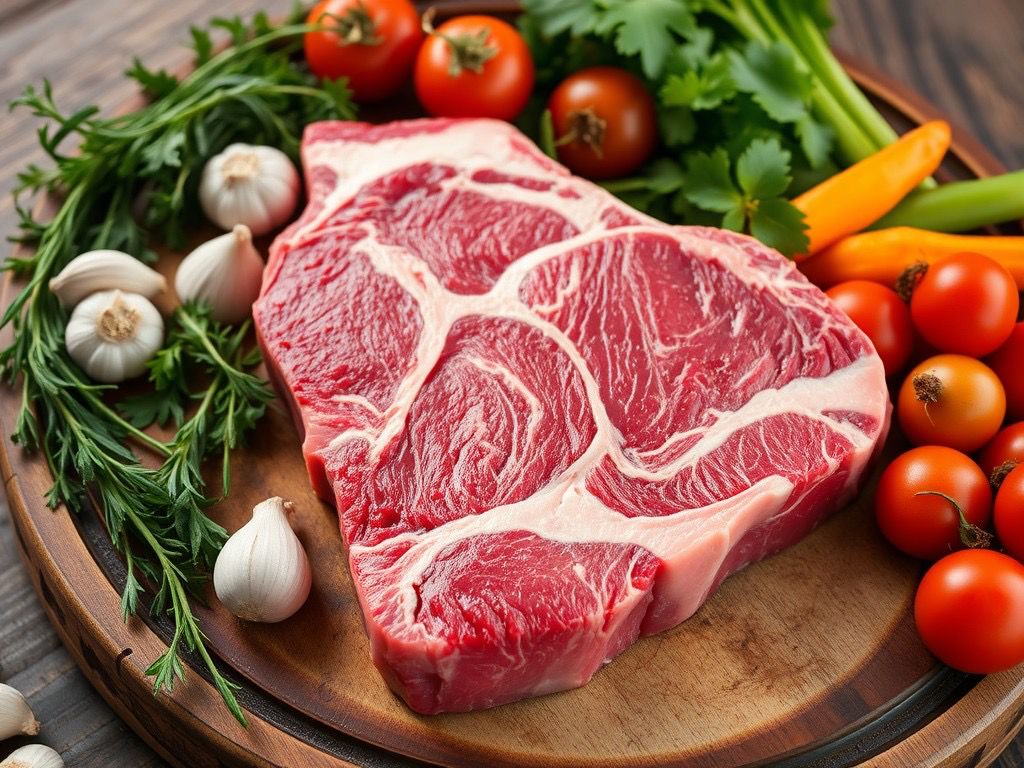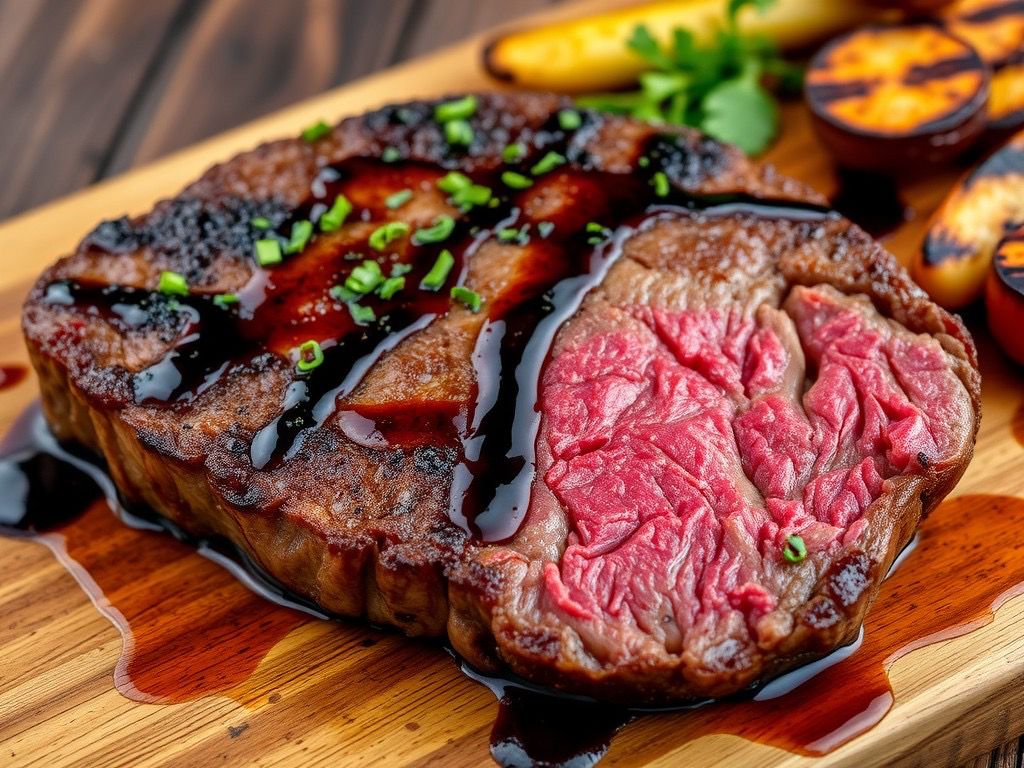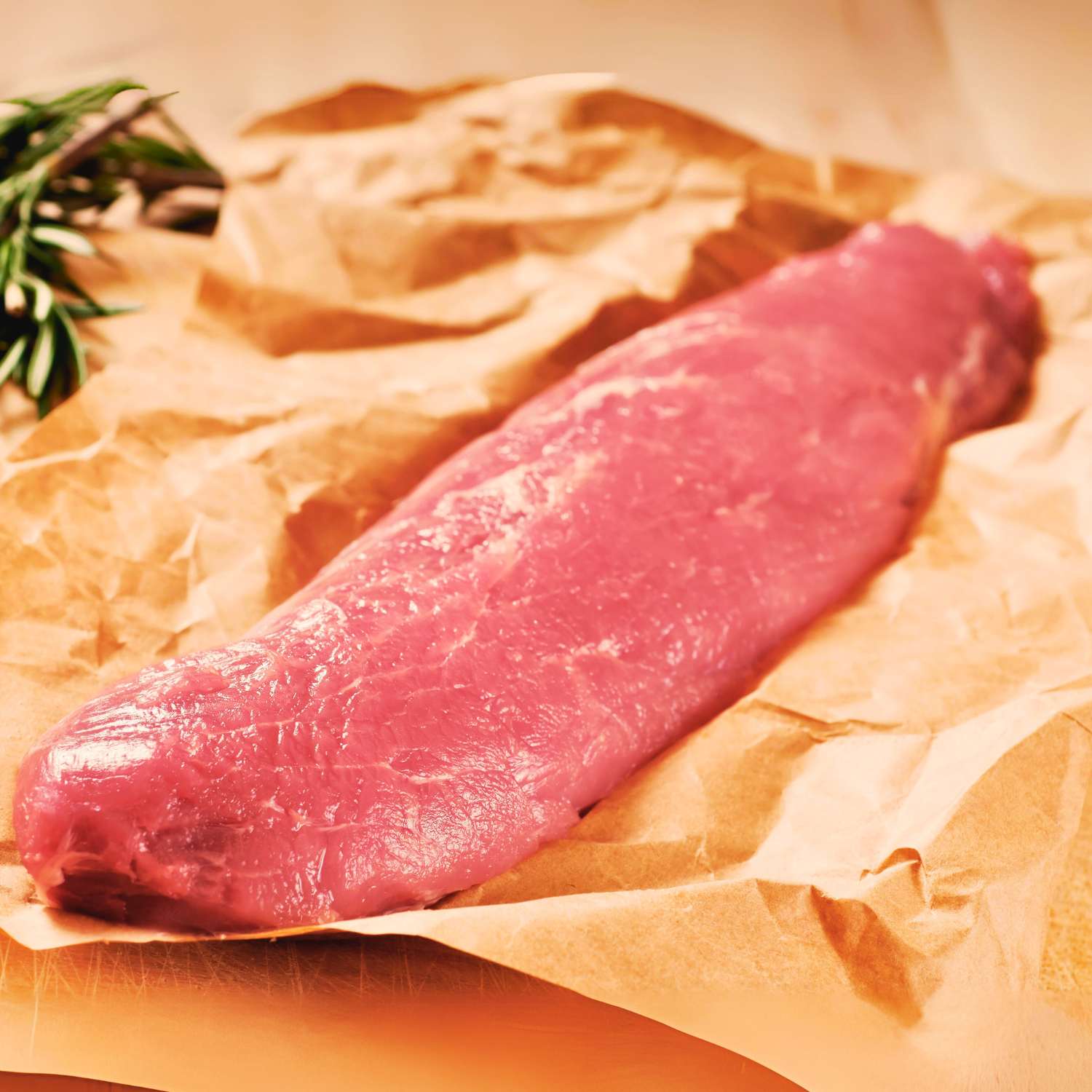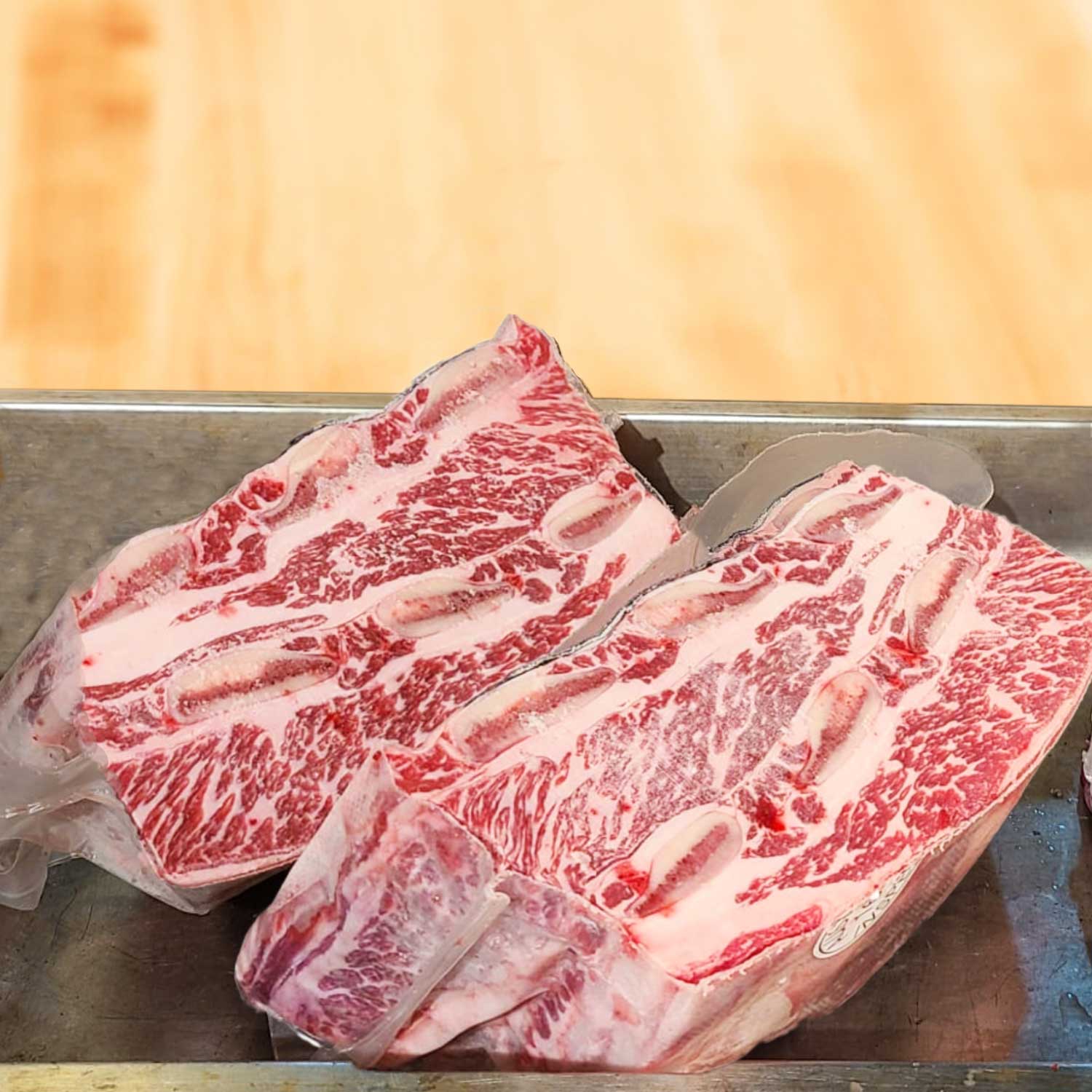The Health Benefits of Grass-Fed Beef Liver
Understanding the Nutritional Content of Beef Liver
Grass-fed beef liver is a powerhouse of nutrition. Each serving packs in vital nutrients. You'll find high levels of vitamin A, essential for eyesight and immune health. There is also an abundance of B vitamins, crucial for energy and brain function. The liver is rich in iron, which helps fight anemia. It has CoQ10, supporting heart health. Grass-fed sources offer more omega-3 fatty acids than grain-fed. This means better anti-inflammatory benefits. It's a natural multivitamin, ideal for a balanced diet.

Comparing Grass-Fed and Grain-Fed Beef Liver
Grass-fed and grain-fed beef livers may look alike. But, their nutrients differ a lot. Grass-fed liver has more omega-3 fatty acids and vitamin E. Also, it often has less fat. This is because grass-fed cows eat a natural diet. Grain-fed cows often get feed that is high in calories. This changes the liver's fat content. Grass-fed liver is known for being richer in certain minerals. These include magnesium, calcium, and potassium. Hong Kong chefs value these differences. They know that grass-fed liver boosts the health value of dishes. People who choose grass-fed are getting a purer form of the liver. This is better for your body.
The Impact of Beef Liver on Overall Health and Well-Being
Grass-fed beef liver is a superfood packed with benefits. It is rich in key nutrients that are crucial for our well-being. Regular consumption can improve your energy levels and strengthen your immune system. It also supports healthy skin and vision, thanks to high levels of vitamin A. The liver is a great source of high-quality protein and iron, which can help combat fatigue and anemia. Plus, it contains B vitamins, especially B12, which are important for the nervous system. Including it in your diet can be a game-changer for overall health.
Incorporating Grass-Fed Beef Liver into Your Cooking Routine
Innovative Recipes for Grass-Fed Beef Liver
- Classic Stir-Fry: Slice beef liver thinly. Fry with onions, ginger, and a splash of soy sauce.
- Liver Pâté: Process cooked liver with butter, garlic, and herbs. Spread on toast or crackers.
- Sautéed Liver with Apples: Combine liver with sautéed apple slices and a hint of cinnamon for sweetness.
- Liver Meatballs: Mix ground liver with minced pork, breadcrumbs, and spices. Cook till golden brown.
- Braised Liver in Red Wine: Slow cook liver in a red wine and vegetable broth for rich flavor.
- Liver with Oyster Sauce: Marinate liver slices in oyster sauce, then stir-fry with greens.
- Liver Dumplings: Mince the liver, add to dumpling filling, and steam or fry.
- Spicy Liver Curry: Cook liver in a blend of hot spices and coconut milk for a fiery dish.
Balancing Flavors and Health: Tips and Best Practices
Grass-fed beef liver, prized for its nutrients, can be daunting to cook. Try these simple tips.
First, soak liver in milk or acidulated water to mellow its intense flavor. Then, pat dry and cut into thin slices for quick, even cooking.
Use high heat for a sear that locks in juices, but don’t overcook - it turns tough easily. Sautéing with onions adds sweetness, balancing the liver’s bold taste.
Pair with fresh herbs or citrus for zing. And remember, a little goes a long way due to its strong flavor and richness in vitamins.
The Role of Grass-Fed Beef Liver in Traditional Chinese Cuisine
In Hong Kong, grass-fed beef liver holds a special place in traditional cuisine. It is not just an ordinary dish. It’s a source of deep nourishment. In old recipes, it is often used for its rich flavor and health perks. Chefs blend it with local spices and cooking styles. This creates unique and wholesome meals. The use of beef liver is tied to health beliefs as well. Many see it as vital for vigor and blood health. It’s served in soups and stir-fries across the city. Young chefs are rediscovering this ingredient. They give it a modern twist while honoring its cultural roots. In your kitchen, try including beef liver in time-tested recipes. You'll bring a piece of Hong Kong's culinary heritage into your meals.
Advancing Your Culinary Skills with Grass-Fed Beef Liver
Mastering Advanced Techniques for Preparing Beef Liver
Grass-fed beef liver is a culinary challenge and a nutritional treasure. To master its preparation, you need to understand the techniques that highlight its flavor and retain its benefits. Start by selecting the highest quality liver, which should be deep red and have a fresh, clean scent. Soaking it in milk or acidic water can mitigate the strong taste. For cooking, consider gentle methods such as pan-searing or baking to keep the liver tender. Grilling is another option but requires precise timing. The key is to avoid overcooking, which toughens the liver and diminishes its nutrients. Enhance the dish with spices and herbs that complement the liver's rich taste, like thyme or rosemary. Finally, presenting the liver with a tangy sauce or onions can balance its robust flavor, making it a gourmet experience. By honing these techniques, you'll elevate the status of grass-fed beef liver in your culinary repertoire.
Creative Pairings and Menu Ideas Featuring Grass-Fed Beef Liver
Creating a menu with grass-fed beef liver can be exciting. Pair it with flavors that enhance its rich taste. Consider classic combos like beef liver with onions. Or, try East meets West dishes. For example, mix liver in a stir-fry with Asian greens and oyster sauce. You can also wrap liver in wonton skins and serve with soy dip. Make a pate spread for bread or crackers. For special diets, offer beef liver with cauliflower mash. Set themed dinner nights focusing on liver dishes. With these ideas, your menu will impress.
Integrating Grass-Fed Beef Liver into Dietary and Restaurant Offerings
Adding grass-fed beef liver to menus has perks. It's rich in nutrients and appeals to health-focused diners. Chefs can offer it in various dishes. This can make menus stand out. It also adds value for those with dietary needs. For home cooks, including beef liver boosts the diet. It's full of vitamins and minerals. You can easily mix it into weekly meals. Try it in pastes or as main dishes. Start with small portions to adjust the flavors. This can enrich your family's health. It's a unique choice for both restaurants and home dining.

















